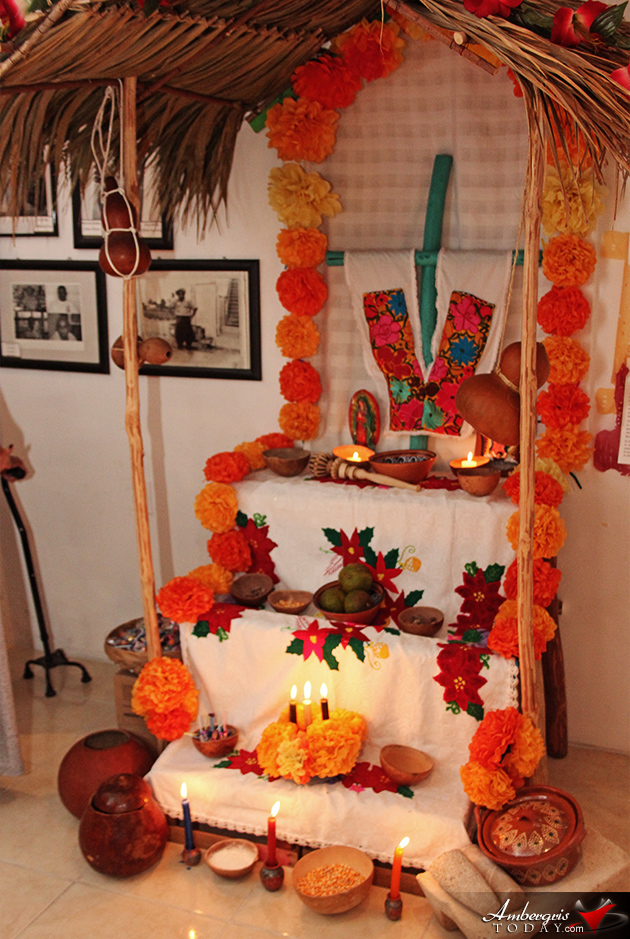The House of Culture in San Pedro, Ambergris Caye, outdid itself with an exhibit dedicated to the members of the community who have passed away. With Day of the Dead celebrated on November 2, the House of Culture committee set up a beautiful display titled “Dia de los Finados”.
The Finados tradition invites the community to remember the dearly departed and helps support them through their spiritual journey. The exhibit contained three displays of how differently the San Pedro Catholic Community, the Mexican Aztecs and the Maya People observed the Day of the Dead and educated on the month long activities that took place during November. Traditional food and drinks were served to those who gathered during the opening of the exhibit on Monday, November 2, at the San Pedro House of culture.
The Exhibit is open to the public.
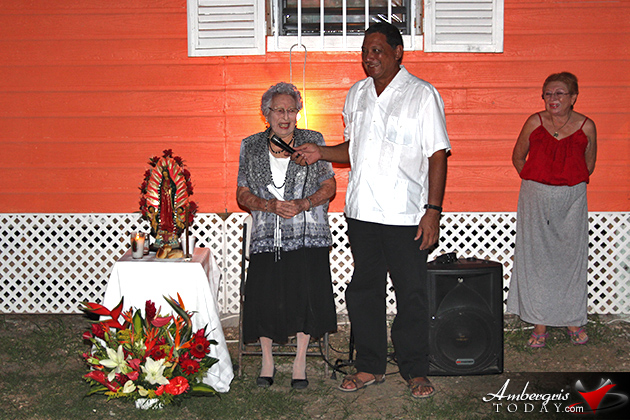
Doña Tomasita Gomez commenced the event with a prayer for the deceased
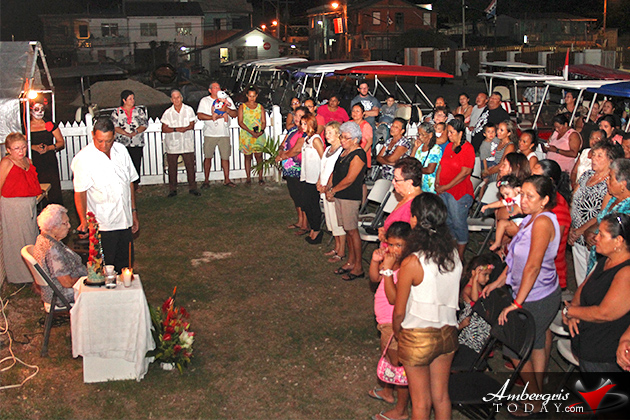

Tamalitos de Chaya, Relleno, Pan de Muerto, Maja Blanco among the Finado food served to guests

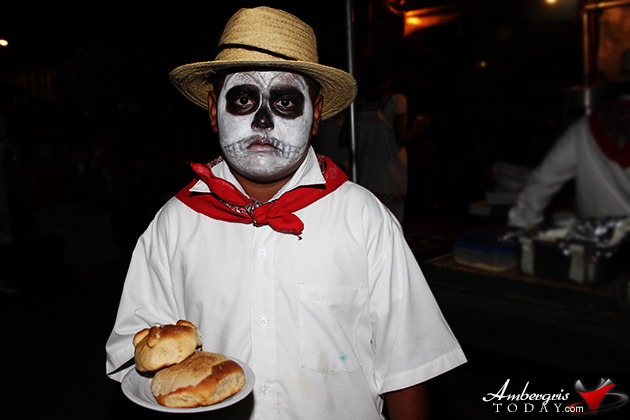

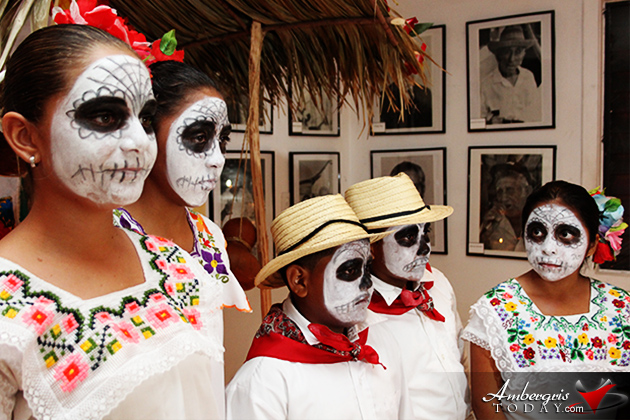
Dia de Finados/San Pedro Day of the Dead

Los Finados was a festive and colorful holiday when villagers visited the cemetery, decorated the graves and spent time there in the presence of their deceased friends and family members. They also made elaborate decorated altars in their homes to welcome the spirits.
The spirits are greeted with offerings of food and things that the person enjoyed in life. The altar was also adorned with such items as claveles (white carnations), a cross, a statue or picture of the Virgin Mary, pictures of the deceased relatives and black hand-made candles. On or near the altar would be placed flowers, toys and other offerings, or ofrendas, to the dead.
The Celebration of the Day of the Dead commenced at the dawn of November 2 with a celebration referred to as the “Matam Ppixan”. At five in the morning, villagers gathered at different homes to say a rosary and offered prayers on behalf of dead ancestors. After the prayers, everyone was invited for breakfast that included pan de muerto and chocolate milk. At noon, every family prepared a special meal and it was usually the favorite meal of the deceased. During the afternoon, families would go to the cemetery to decorate relatives’ graves with fresh flowers and other offerings. The cemetery visits were also intended to encourage visits by the souls of the dead so they would hear the prayers and comments of the living directed to them.
The last activity of the day was a night procession through the streets of San Pedro with the villagers carrying lighted candles. The procession ended at the cemetery where prayers were said for the deceased.
(Many of these traditions and customs are celebrated in the same manner in present day)

Mexican Aztec Day of the Dead

In Prehispanic times, the dead were buried close to the family homes (sometimes in a tomb underneath the house) and there was great emphasis on maintaining ties with deceased ancestors, who were believed to continue to exist on a different plane.
Prior to the arrival of the Spanish, the indigenous people of Mexico and Central America honored the dead and made peace with the inevitability of death with a month-long celebration. The Aztecs’ celebration was dedicated to the goddess Mictecacihuatl, the Lady of Death. They would take the skulls of their deceased loved ones and placed them on the altars, praising and dancing around them in celebration of the lives they once lived.
Both children and dead ancestors were remembered and celebrated. The Aztecs would bring offerings of food to the altars in honor of the dead. They would also place small clay images that were supposed to represent the deceased on the same altars.

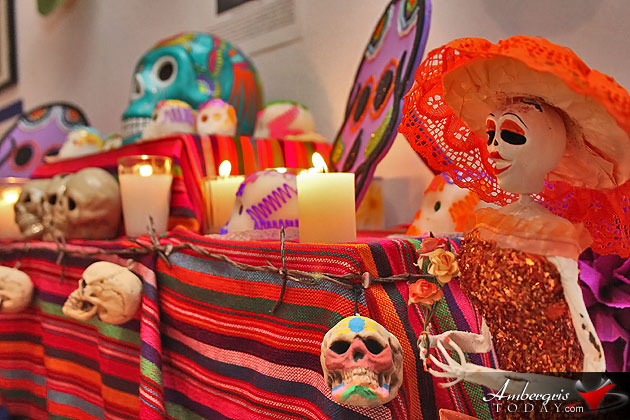
Hanal Pixan / Maya Day of the Dead
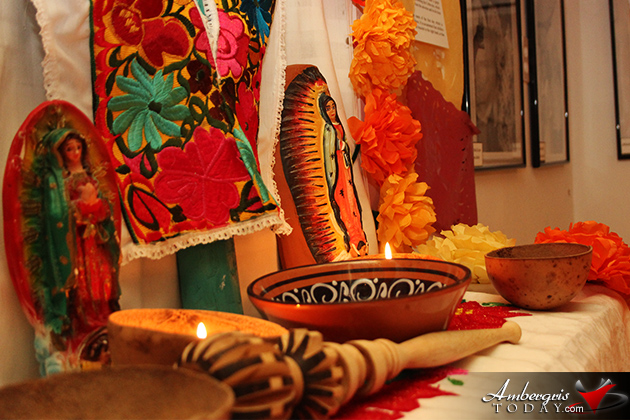
Hanal Pixan in the Maya language means “food of souls”. This is the name given to the Day of the Dead celebrations in the Maya area. In this region, food takes on a special meaning as traditional dishes are prepared for the spirits who are believed to return on this day.
Centuries ago in the Maya community, cemeteries did not exist. The Maya buried their dead in their own backyards close to their heart and home. Inside every deceased Mayan’s mouth, a certain amount of well-cooked corn named “keyem” was placed. This was left there so that the soul could feed while in eternal resting. In the “keyem” lies the initiation of the Maya tradition of feeding the souls.
The tradition includes various rites, the main one being the creation of an altar in which a special feast is placed. The altar is decorated with candles, marigold flowers, branches of ruda, “jicarias” and pictures of the deceased. On the eve of the celebration in the center above the altar a green wooden cross is placed, representing the Ceiba tree, which in Maya tradition symbolizes the universe and its division into the three levels.
